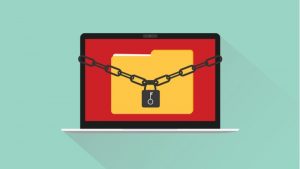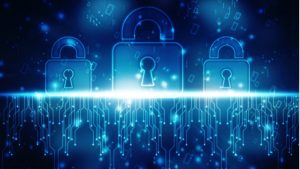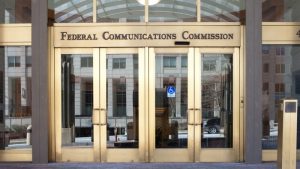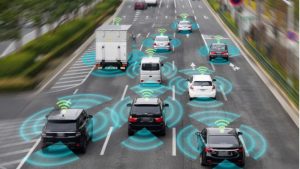State and local government IT spending in the United States is projected to total near $120 billion in 2021 – up about 10 percent on a year-over-year basis – and rising to $122 billion in 2022, according to figures published by Government Technology earlier this month.
Creating a culture of innovation is essential to government success, according to both Federal and state government officials. During a recent GovLoop webinar, Carlos Rivero, chief data officer for the Commonwealth of Virginia, and Jason Barke, acting principal deputy associate director for employee services at the Office of Personnel Management (OPM), explained that a culture of innovation has to begin with a leadership mindset change to both encourage innovation and reduce the fear of failure.
During the ongoing COVID-19 pandemic, state unemployment insurance (UI) systems have been stressed to their limits, and have been used to help nearly 53 million workers nationwide.
Though government officials are increasingly urging organizations to not pay a ransom following a successful cyberattack, the majority of parents want their child’s school to pay the ransom in the event of the attack.
With the COVID-19 pandemic changing the work landscape, potentially forever, cybersecurity officials are advising that workplaces prepare to build resiliency into these hybrid work landscapes and make sure they are working strategically to secure the connections.
As the school year gets underway, the K-12 Cybersecurity Act passed in the Senate.
Two Georgia colleges have announced a new initiative intended to help strengthen the cybersecurity workforce.
A new survey found that a majority of teachers (77 percent) believe technology will help them be more effective post-pandemic.
Acting FCC Chairwoman Jessica Rosenworcel announced the appointment of three new members to the Intergovernmental Advisory Committee (IAC), which provides expertise for local, state, and Tribal governments.
The Nebraska State Patrol (NSP) has launched a new drone program to quickly and efficiently clear roadways while conducting thorough crash investigations.
Recent
-
 Trump Signs Order to Preempt State AI Laws and Push Single Federal Framework
Trump Signs Order to Preempt State AI Laws and Push Single Federal Framework -
 Government, Industry, Academia Collaboration Fuels AI Progress
Government, Industry, Academia Collaboration Fuels AI Progress -
 Indiana DOE Partnership Targets STEM, Digital Learning Tools
Indiana DOE Partnership Targets STEM, Digital Learning Tools -
 States, Schools Harness Data and Workforce Programs to Combat Fraud, Cyber Threats, and Service Outages
States, Schools Harness Data and Workforce Programs to Combat Fraud, Cyber Threats, and Service Outages







